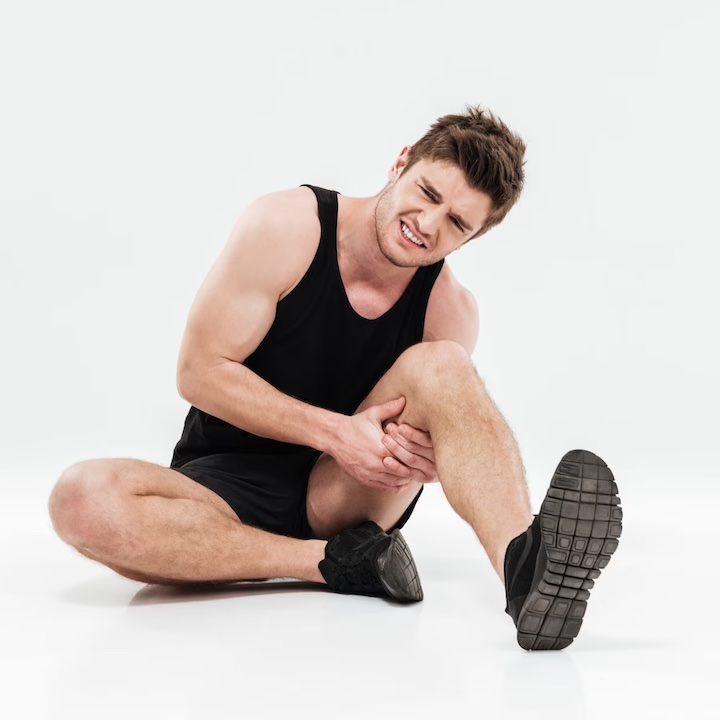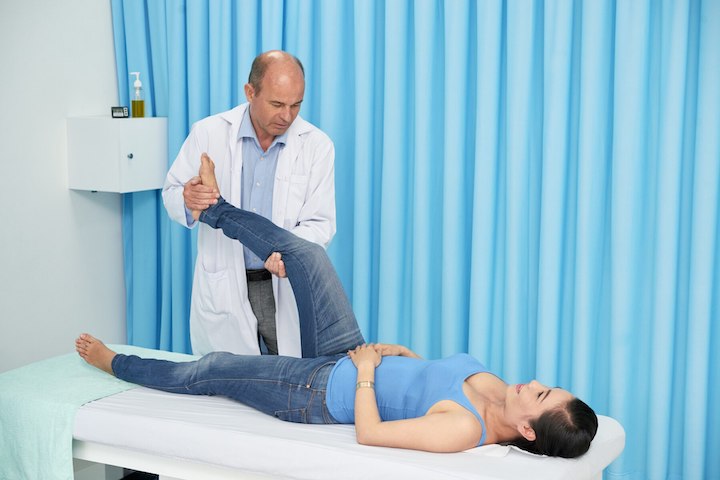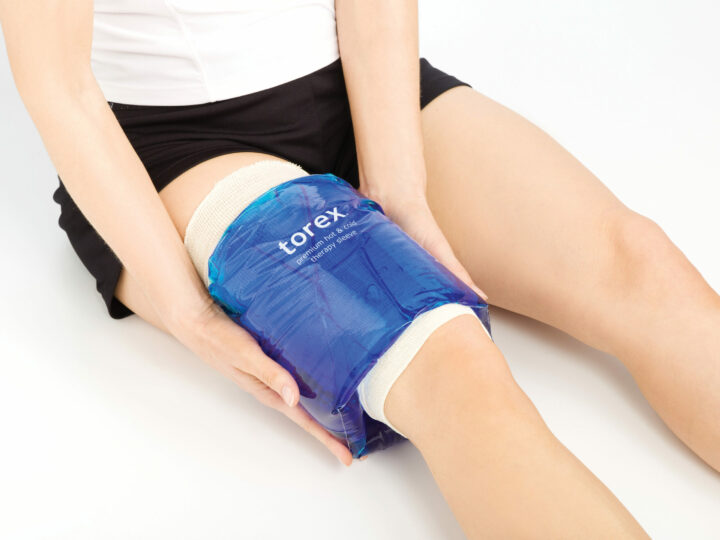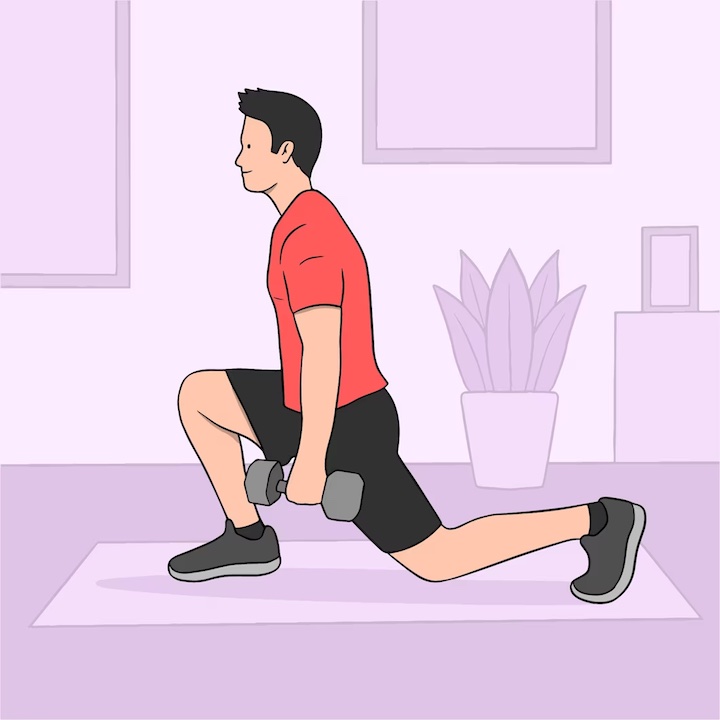Thigh injuries are common among athletes and individuals engaging in strenuous physical activities. These injuries, ranging from minor strains to severe fractures, can significantly impact an individual’s mobility and overall quality of life.
Understanding the causes, symptoms, diagnosis, treatment, and prevention strategies for thigh injuries is crucial for affected individuals seeking to regain control over their health.
Common causes of thigh injury often include rigorous physical activities, such as sports or heavy lifting, abrupt movements that strain the muscles, and accidents, such as falls or direct blows to the area. These incidents can lead to various injuries, such as a muscle tear or strain, particularly in the quadriceps femoris muscle – one of the most powerful groups of muscles at the front of the thigh.
Thigh injuries can range from muscle strains to contusions, tendonitis, and more. If you’ve experienced discomfort or pain in your thigh, you must know the common symptoms that may indicate an injury. Recognising these signs can help you seek appropriate treatment and prevent further complications. Here are ten common symptoms of a thigh injury to watch out for:

Photo Credit: Dean Drobot
Pain is a primary symptom of a thigh injury. It can range from mild to severe, depending on the extent and nature of the injury. The pain may be localised in a specific area or radiate along the thigh.
Swelling is a typical response to tissue damage. If you notice swelling in your thigh following an injury or physical activity, it may indicate an underlying issue, such as a muscle strain or contusion.
Bruising, or the appearance of discolouration on the skin, is another common symptom of a thigh injury. It occurs due to bleeding under the skin’s surface caused by the impact or trauma to the thigh area.
Thigh injuries often lead to tenderness in the affected area. If you experience discomfort when touching or applying pressure to your thigh, it may indicate an injury to the muscles, tendons, or other soft tissues.
Thigh injuries can restrict your ability to move the leg freely. If you notice difficulty in bending or straightening your leg or performing everyday activities becomes challenging, it could be a sign of a thigh injury.
Muscle weakness may occur as a result of a thigh injury. If you find it difficult to bear weight on the injured leg or experience a decrease in muscle strength, it indicates an underlying problem.
Stiffness in the thigh can accompany various types of injuries. It may make it uncomfortable or painful to move the leg, and you may feel a sensation of tightness in the muscles.
Thigh injuries can significantly impact your ability to walk normally. If you experience pain or instability while walking or develop a limp, it’s crucial to address the issue promptly.
A thigh injury can sometimes cause localised warmth or heat around the affected area. This sensation may be due to increased blood flow or inflammation in response to the injury.
In certain thigh injuries, such as tendon or ligament tears, you may experience a popping or clicking sensation at the time of injury or during movement. This can indicate significant damage to the tissues.
Thigh injuries can be complex, involving various structures such as muscles, tendons, ligaments, and bones. Accurate diagnosis is crucial for appropriate treatment and effective recovery. Healthcare professionals employ a range of assessment techniques to diagnose thigh injuries. Here’s an overview of the common diagnostic methods used:
During the initial evaluation, the healthcare provider will gather your medical history and inquire about the circumstances leading to the thigh injury. They will ask questions about the nature of the pain, any previous injuries or medical conditions, and your activity level.

Photo Credit: Pressfoto
A thorough physical examination is performed to assess the affected thigh. The healthcare professional will inspect the area for signs of swelling, bruising, or deformity. They will palpate the thigh to identify areas of tenderness and evaluate the range of motion. Muscle strength and stability tests may also be conducted.
Imaging tests are often utilised to visualise the internal structures of the thigh and confirm the diagnosis. Common imaging techniques include:
In some cases, diagnostic injections may be used to confirm the source of pain. A local anesthetic or corticosteroid medication can be injected into specific areas, targeting suspected sources of discomfort. If pain is alleviated after the injection, it suggests that the identified structure is the cause of the symptoms.
Depending on the suspected injury, additional specialised tests may be performed. These can include electromyography (EMG) to assess nerve involvement, arthroscopy for direct visualisation of joint structures, or bone scans to evaluate bone health and detect stress fractures.
In complex cases or when the diagnosis remains unclear, the healthcare professional may refer you to a specialist, such as an orthopedic surgeon or sports medicine physician, for further evaluation and consultation.
Thigh injuries can be painful and debilitating, affecting your daily activities and quality of life. The treatment approach for thigh injuries depends on the specific type and severity of the injury. It is essential to seek professional medical advice for an accurate diagnosis and tailored treatment plan. Here are some standard treatment options for thigh injuries:
Resting the injured thigh is crucial for allowing the tissues to heal. Avoid activities that exacerbate pain or put stress on the injured area. Immobilisation techniques, such as braces, crutches, or slings, may be recommended to protect the thigh and promote healing.

Photo Credit: Therapy Supply
Applying ice packs to the injured thigh can help reduce pain, swelling, and inflammation. Use a cold pack or wrap ice in a towel and apply it to the affected area for 15-20 minutes every few hours. Compression with an elastic bandage can also help minimise swelling and support the injured thigh.
Elevating the injured leg can assist in reducing swelling. Prop up the leg on a pillow or cushion to keep it elevated above the level of the heart. This helps promote proper blood circulation and reduces fluid accumulation in the injured area.
Over-the-counter non-steroidal anti-inflammatory drugs (NSAIDs), such as ibuprofen or naproxen, can help alleviate pain and reduce inflammation. However, it is important to consult with a healthcare professional before taking any medication to ensure it is safe and suitable for your condition.
Physical therapy plays a vital role in the recovery process of thigh injuries. A qualified physiotherapist can design a personalised rehabilitation program that includes targeted exercises to strengthen the muscles, improve flexibility, and restore range of motion. They may also use manual therapy techniques, such as massage, stretching, and joint mobilisation, to facilitate healing and optimise recovery.
Healthcare professionals may incorporate various modalities and therapeutic interventions to expedite healing and manage symptoms. These can include:
As the thigh injury improves and under the guidance of a healthcare professional, a gradual return to normal activities and exercises can be initiated. The timeline for returning to full activity varies depending on the type and severity of the injury. It is essential to follow the recommended progression to prevent re-injury.
In severe cases, surgical intervention may be necessary, especially when there is a complete muscle or tendon tear, or if other structures in the thigh are significantly damaged. Surgery aims to repair the injured tissues and restore their normal function. Rehabilitation following surgery is crucial for optimal recovery.
Thigh injuries require ongoing monitoring and follow-up with healthcare professionals. Regular check-ups allow for assessing progress, adjusting the treatment plan, and modifying exercises and activities based on individual healing and recovery.
Recovering from a thigh injury requires a comprehensive rehabilitation plan to regain function and prevent future injuries. Here’s a listicle outlining critical aspects of the rehabilitation process:
Regular strength training is essential as it helps build muscle mass in the thighs, protecting the bones and other tissues from damage.

Photo Credit: Freepik
Flexibility exercises can improve the range of motion in the hip and knee joints, reducing strain on the muscles during physical activity.
Safe exercise practices are also crucial for thigh injury prevention:
Signs of a serious thigh injury include:
Healing time varies based on the injury:
Muscle strains or pulls are the most common thigh injuries. Others include contusions, tendonitis, and ligament sprains. Learn all about thigh muscle strains in our dedicated article.
Symptoms of a torn thigh muscle include:
Exercises beneficial for strengthening thigh muscles include squats, lunges, and leg presses. Regularly incorporating these into a fitness regime can enhance muscle endurance and decrease the likelihood of sustaining an injury.
Recovery duration from a severe thigh injury varies, typically from several weeks to months. It’s contingent upon the injury’s severity, the individual’s health status, and adherence to prescribed rehabilitation exercises and treatments.
Yes, a thigh injury can significantly impact daily activities. These injuries often result in mobility limitations, making walking, climbing stairs, and carrying objects more challenging until full recovery.
Certain sports and activities, particularly those involving high-intensity running or jumping such as football, rugby, or track and field, may carry an increased risk of thigh injury due to their strain on these muscles.
A history of thigh injuries can indeed heighten the risk of subsequent incidents. This susceptibility is primarily due to weakened muscles or scar tissue, which may compromise strength and flexibility in this region.